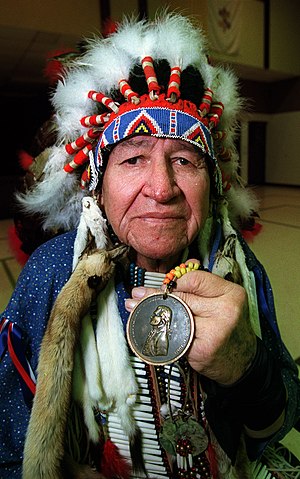 Image via Wikipedia Image via Wikipedia |
| Rulah Jungle Goddess battles a congress of gorillas to rescue and explorer. |
Today's comic book colorists letter and color a comic strip entirely on the computer. The comic writer organizes a plot and script. Then, the penciller begins the transformation of the comic story line into visual art. Using the penciller's lines, the inker, also an artist, adds shading and detail to facial features, background and clothing, for instance. Finally, the comic book colorist completes the final coloring and lettering of the comic.
Pay Varies By Experience
Comic book colorists pay varies by experience. If you have the potential of earning royalties above your per-page rate, your page rate may be lower than those who do not have rights to royalties. A comic book colorist earns $35 to $125 per page, according to Sean J. Jordan, owner of Army Ant Publishing. Jordan adds that a colorist strives to reach $75 over time, calling the $75-to-$100 range the "sweet spot." If working on an entire comic book project , rates range from $770 to $2,750 per book.
Contract Work
For the most part, a comic book colorist works similar to a freelancer. Contracts state the terms of your agreement with a company or group that wishes to engage you for a certain period of time at a certain pay rate. Contracts, whether for long-term or short-term projects, express your pay rate as an amount per page.
Deadlines for Contracts
In addition, some contracts carefully define the terms of your deadlines for completion or revision of the work, if needed. It is likely expressed as your turn-around time -- the time from when you receive the assignment until you must have it completed and ready for final review. The inker and the painter work together with the comic book colorist --all working towards the same completion deadline. If you fail to meet the terms of the deadline, payment terms under the contract may be voided.
Royalties
Some comic book companies, such as Marvel and DC, contract for their comic books to be created. They pay royalties to the creators of the comic book, depending on how well it sells in the marketplace. The royalties paid are in addition to the per-page rate in your contract. In this case, the company typically retains ownership of your work. Comic book publishers, on the other hand, operate more like book publishers on some comic book projects. A comic book, created by an individual or a team, is distributed by the book publisher and royalties are paid to the creator(s). If you are a part of a team, the proceeds are shared among you according to your agreement.
Work from Home and Get Paid Electronically
One of the benefits of a comic book colorist's work is her ability to work from home, if desired. Colorists can seek work online. Because the work is done digitally, the client hiring you submits the work to you electronically. You do the project on your computer and return it to your client electronically. You sometimes even get paid electronically. Some comic book colorists work in-house, rather than freelance, however.
References:
•
Sean J. Jordan: Comic Book Publishing – How Much Should You Spend to Produce a Comic Book?
•
The Comics Report; Getting Published -- Comic Books; Tome Surgeon; October 2004
•
Sean J. Jordan: About Sean J. Jordan
Resources:
•
I Fan Boy; Comic Book Coloring: Then and Now, Conor Kilpatrick; May 2009
•
Roqoo Depot; How Comic Books Are Made; Skuldren
 Image via WikipediaIn National City, California, the Entrepreneurial Training Center, in collaboration with the Microenterprise Family Childcare Program and Southwestern College, offer grants to Spanish-speaking women interested in obtaining a home-based child care license. A grant recipient receives a free, 14-week course to attend classes Monday through Friday from 9 am until 1 pm. The course provides the required training for starting a licensed day-care facility in her home. Part of the course includes 15 hours study in health and safety, CPR and pediatric first aid, which are required for licensing. Each participant receives a childcare provider pack that includes a free fire extinguisher, smoke alarm and other safety supplies needed for her new business license.
Image via WikipediaIn National City, California, the Entrepreneurial Training Center, in collaboration with the Microenterprise Family Childcare Program and Southwestern College, offer grants to Spanish-speaking women interested in obtaining a home-based child care license. A grant recipient receives a free, 14-week course to attend classes Monday through Friday from 9 am until 1 pm. The course provides the required training for starting a licensed day-care facility in her home. Part of the course includes 15 hours study in health and safety, CPR and pediatric first aid, which are required for licensing. Each participant receives a childcare provider pack that includes a free fire extinguisher, smoke alarm and other safety supplies needed for her new business license. 




